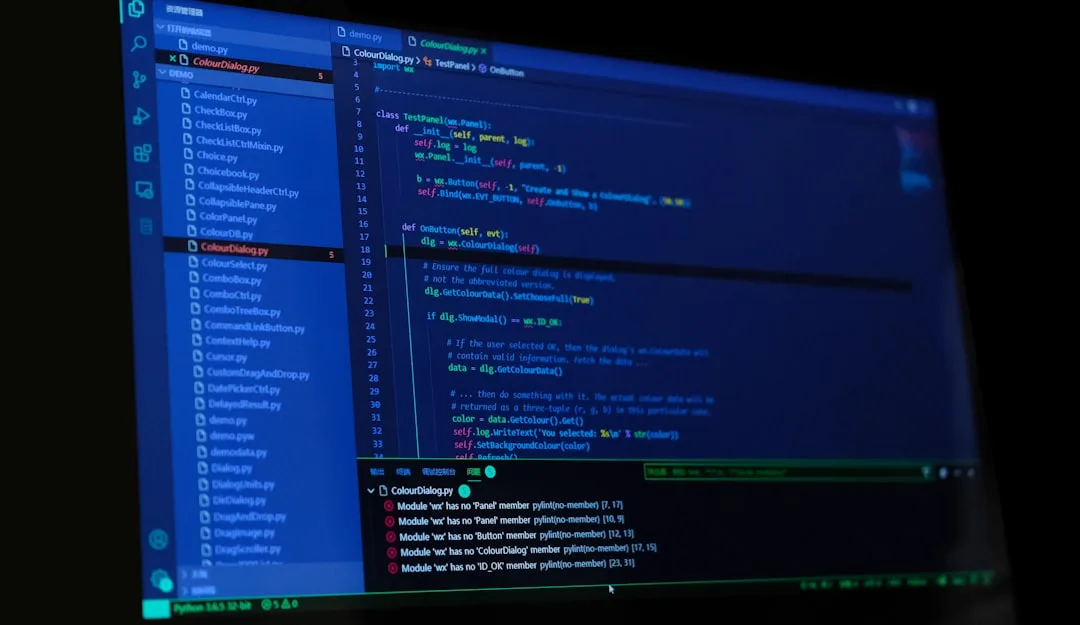
Newsletter Subscribe
Enter your email address below and subscribe to our newsletter

Enter your email address below and subscribe to our newsletter

Top DevOps Practices to Enhance Agile Workflows
In the fast-paced world of software development, the marriage between DevOps and Agile methodologies has been a game-changer. While Agile focuses on iterative development and customer feedback, DevOps emphasizes collaboration and automation to streamline software delivery. However, the integration of these methodologies is not without its challenges. In this article, we’ll delve into top DevOps practices that enhance Agile workflows, offering insights into the latest trends, tools, and techniques that can redefine how teams operate.
One of the prevailing challenges today is the struggle to maintain rapid delivery while ensuring high-quality software. Many organizations face bottlenecks in their deployment pipelines, often due to a lack of seamless integration between development and operations teams. This is where DevOps practices come into play, providing a framework to enhance Agile workflows by promoting automation, collaboration, and continuous improvement.
GitOps is gaining traction as a key trend in addressing these pain points. By leveraging Git as a single source of truth for both application and infrastructure code, teams can achieve a declarative approach to managing deployments. This approach not only streamlines operations but also enhances traceability and auditability, crucial for maintaining Agile sprints’ velocity.
GitHub Actions is a powerful tool that automates software workflows directly in your GitHub repository. For Agile teams, this means having the ability to trigger automated tests, deployments, and even infrastructure provisioning as changes are pushed to the repository.
Example Configuration:
name: CI/CD Pipeline
on:
push:
branches:
- main
jobs:
build:
runs-on: ubuntu-latest
steps:
- uses: actions/checkout@v2
- name: Set up JDK 11
uses: actions/setup-java@v1
with:
java-version: 11
- name: Build with Gradle
run: ./gradlew build
deploy:
runs-on: ubuntu-latest
needs: build
steps:
- uses: actions/checkout@v2
- name: Deploy to Production
run: ./deploy.sh
Another crucial tool is Terraform, an open-source infrastructure-as-code software tool that enables users to define and provision data center infrastructure using a declarative configuration language. With Terraform, Agile teams can version control their infrastructure, ensuring that environments are consistent and repeatable.
Example Terraform Configuration:
provider "aws" {
region = "us-west-2"
}
resource "aws_instance" "example" {
ami = "ami-0c55b159cbfafe1f0"
instance_type = "t2.micro"
tags = {
Name = "TerraformExample"
}
}
ArgoCD is another tool worth adopting; it’s a declarative, GitOps continuous delivery tool for Kubernetes. It enables teams to automate the deployment of applications using manifests stored in a Git repository, thus ensuring that the deployed application matches the desired state.
ArgoCD Configuration Example:
apiVersion: argoproj.io/v1alpha1
kind: Application
metadata:
name: guestbook
spec:
source:
repoURL: https://github.com/argoproj/argocd-example-apps.git
path: guestbook
destination:
server: https://kubernetes.default.svc
namespace: default
project: default
Below is a simplified diagram illustrating how these tools can integrate into an Agile DevOps pipeline:
+-----------+ +-----------+ +-----------+
| Developer | ----> | GitHub | ----> | GitHub |
| writes | | Actions | | Pages |
| code | | Pipeline | | (Deploy) |
+-----------+ +-----------+ +-----------+
| | |
v v v
+-----------+ +-----------+ +-----------+
| Terraform | | ArgoCD | | End User |
| Provisions| | Deploys | | Uses |
| Infra | | App | | App |
+-----------+ +-----------+ +-----------+
For a deep dive into implementing these practices, check our IaC tutorial and CI/CD cheat sheet on RuntimeRebel.
As we look to the future, the concept of “NoOps”—where infrastructure management is entirely abstracted away—seems increasingly plausible. However, rather than eliminating operations, it emphasizes extreme automation and self-service capabilities. While it’s a buzzword today, the principles behind NoOps are driving the next wave of DevOps innovation, pushing teams toward more sophisticated automation and orchestration solutions.
To get started on enhancing your Agile workflows with DevOps practices, explore our comprehensive IaC tutorial and download our free CI/CD cheat sheet. For those interested in advanced GitOps strategies, consider checking out ArgoCD’s official documentation.
By adopting these practices, your team can achieve a more agile, efficient, and resilient software delivery process, positioning you for success in today’s competitive landscape.